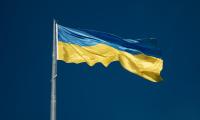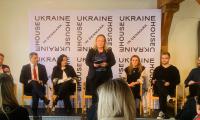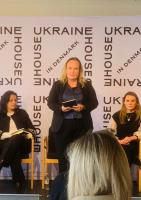Ukraine
Democracy is challenged but solidifying in the Ukraine
Ukraine gained independence in 1991 following the dissolution of the Soviet Union. Democracy continued to be a struggle and the leftovers from state control and corruption blocked the efforts toward economic reforms, privatisation, and civil rights. As the country has gotten a better grip on the democratic elections, the alliance swings back and forth between the East and the West.
A peaceful mass protest in 2004 forced the authorities to dismiss a rigged presidential election and allow a new election with international observers. In 2012 Ukraine had a general election that was widely criticised by Western observers as insufficient due to: use of government resources to favour the sitting governments candidates, interference with media access and harassment of opposition candidates. The President went back on a trade and cooperation deal with the EU to tighten economical ties with Russia. This among the use of force against students, civil society activists, and other civilians, led to a three-month long protest occupation of the central square in the capital. The government’s use of force to break up the protest camp in February 2014 led to actual fights, dozens of fatalities, international condemnation, a failed political agreement, and the Presidents sudden departure to Russia. A new election in the spring allowed for the election of a more Western focussed President. He was followed by Volodymyr Zelensky in May 2019.
In February 2022, Russia launched a full-scale invasion of Ukraine and since then the country have been engaged in a fight for their freedom, independence and democracy.
Population: 36,744,636
Liberal Democracy Index: 0.25*
[LDI encaptures both electoral and liberal aspects of democracy]
Proportions of Seats held by Women in Parlament: 21,1%**
Proportions of Seats held by Youth under 30 in Parlament: 7.09%**
*V-Dem Institute 2023
**IPU.org 2023





